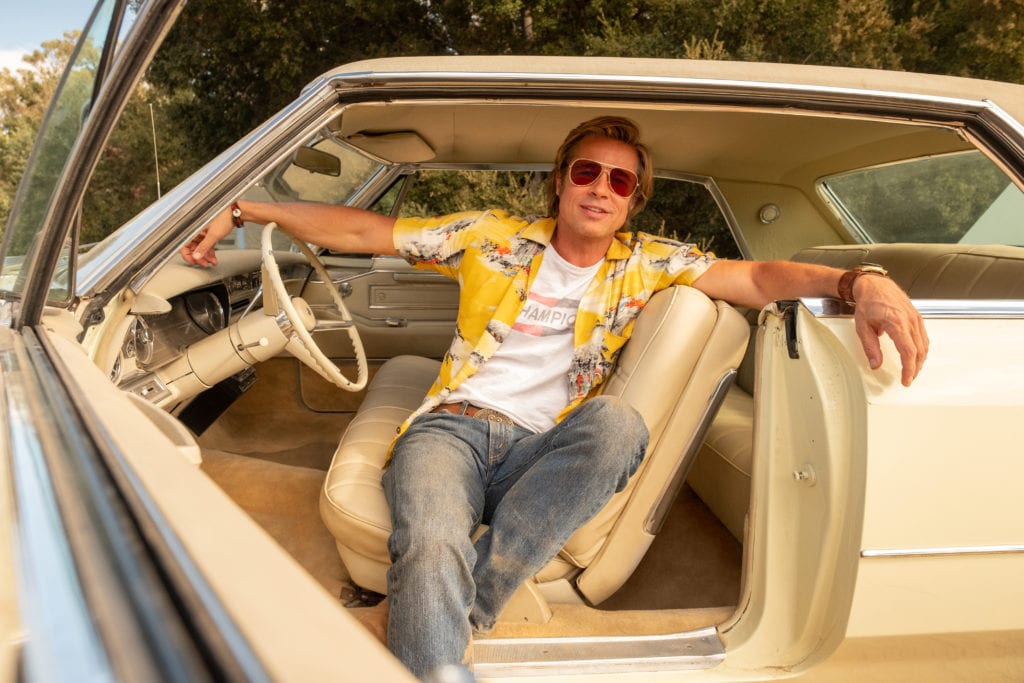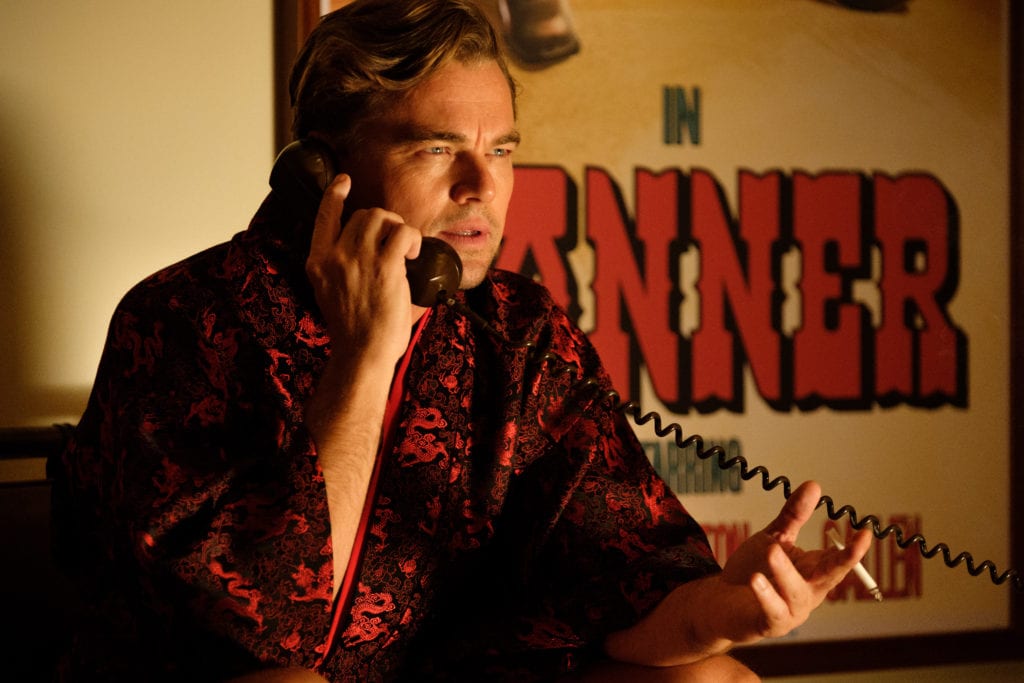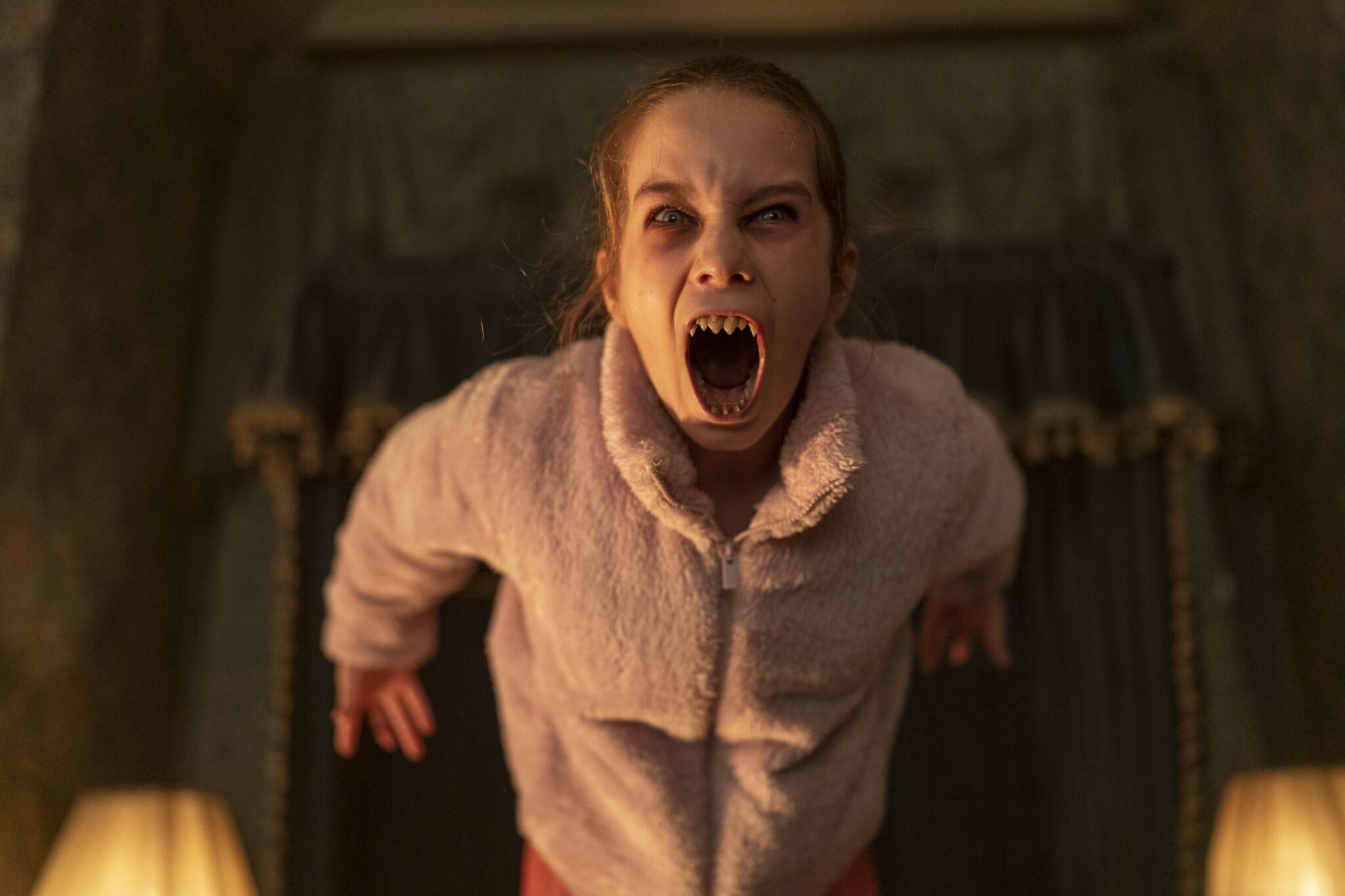When I first heard that Quenton Tarantino was going to be making a movie that involved the Manson Family killings, I assumed the violence and blood would be overwhelming. But Once Upon a Time . . . in Hollywood turns out to be his least violent film. All of Tarantino?s films have an aspect of his appreciation of cinematic history, but this is his most explicit love note to Hollywood and the film industry.
As the title suggests, the film has a bit of a fairy tale aspect, focusing on the Hollywood myth?a world of stars, fame, and a bit of perversion. Set in 1969, the story focuses on Rick Dalton (Leonardo DiCaprio), a former star of a TV western who has been reduced to guest starring as a heavy in other series. His longtime friend and stunt double, Cliff Booth (Brad Pitt), serves as his driver and emotional sounding board. Dalton?s career is on a downward trajectory, but he has an offer from an agent (Al Pacino) to go to Italy and make spaghetti westerns.

The time and place are important aspects of the film. 1969 Hollywood serves the same function as the ?woods? in fairy tales. It is the locale of magic and danger and dreams. There is a real nostalgic quality to the film that seeks to recreate 1969 L.A., down to the Real Don Steele on 93 KHJ (a DJ and radio station, for those who didn?t grow up here at that time). The film makes excellent use of the remaining locations from that period, as well as recreating Hollywood Boulevard to resemble what it was like then.
The danger that lurks in these woods is the Manson Family. This subplot comes into the story in two ways. Dalton?s new next-door neighbors are Roman Polanski and Sharon Tate (Margot Robbie). That home became the scene of a murder by some of Charles Manson?s followers. But the main way this subplot develops is through Booth?s meeting hitchhiker Pussycat (Margaret Qualley) who takes him out to the Spahn Ranch where the Family lived. As a stuntman in westerns, Booth knew the ranch and its owner. Booth does not trust the group that is there, and soon leaves, but not before making enemies, including Tex Watson (Austin Butler) and Squeeky Fromme (Dakota Fanning).

Six months later, much has changed in the lives of Dalton and Booth. Perhaps their friendship is coming to an end, but when the Manson Family comes on the night we know as the night of the Tate murders, Tarantino doesn?t show us what we think we will see. The violence is still there, but [spoiler] there is an alternative history. The way Tarantino twists the story makes for a fairy tale happily ever after ending (of sorts).

Tarantino fills the film with myriad movie references and reminders of stars of the time. It is not just for nostalgia?s sake. It helps to create that fairy tale environment of hopes and dreams and magic. All of this is real history, but its telling is the relaying of the mythology of the Dream Factory for dreams that may not come true. His cinematic history is at times humorous. He even manages to make us think about and laugh at the kind of violence he?s become famous for.

Fairy tales are not just happy (or scary) stories; they have meanings and lessons. As we watch Dalton, Booth, Tate and others living their lives in this fairy tale, we note the importance and frailty of egos. Whether it is Tate going to a local theater where one of her movies is playing to hear the audience reaction to her on screen, or Dalton being disparaged (and later praised) by a child method actor (Julia Butters), or Booth dissing Bruce Lee (Mike Moh) on the set of The Green Hornet, we see people who struggle, even in success, with personal fulfillment. Perhaps it is of note that the person who seems most satisfied with his life is Booth, who is the person who isn?t famous. He is the one whose ego doesn?t require constant feeding. He is at ease with himself and his place within this world that is filled with artifice. He understands that he is a part of the artifice that the others believe to be reality.
In this film, Tarantino creates an artifice built around a reality that is well-known. By focusing on the Hollywood myth, he is able to create a world of happy endings out of a real-life tragedy. But then, he knows cinema enough to know that that is why we love movies.
Photos courtesy of Sony Pictures Entertainment





2020 is here, in fact, there have been so many movies released already and more are still on the way now with the coronavirus lockdown there is vitally nothing for most people to do rather than watch movies and stay safe. so check my post on Zamob.Co.Za ? Zamob Games | Zamob Music | Zamob TV Series | http://Www.Zamob.Co.Za for one of the best sites to download free movies and more.